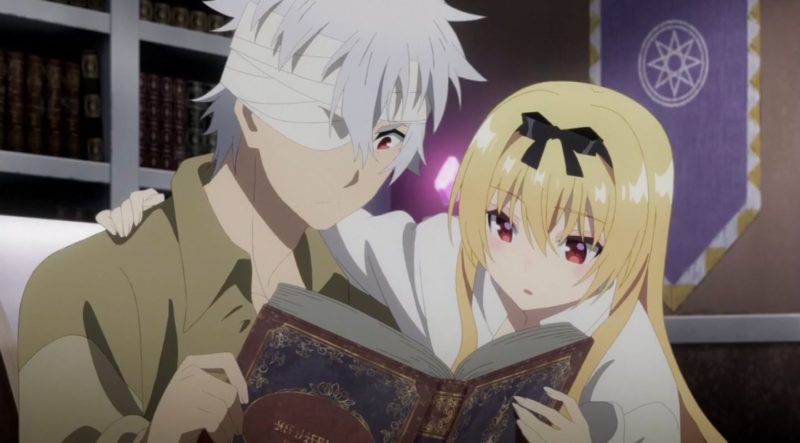
Some works speak to a specific, time-limited concern. While they have value for historical understanding, they fail to move people outside of the historical period. Think of some obscure museum pieces such as a gladiator statue from the Roman period. While we can admire its beauty, it won’t move most of us. We don’t know who the statue represents, or we just don’t care. However, back in the day “Garlock the Destroyer” made ladies swoon and men envy.
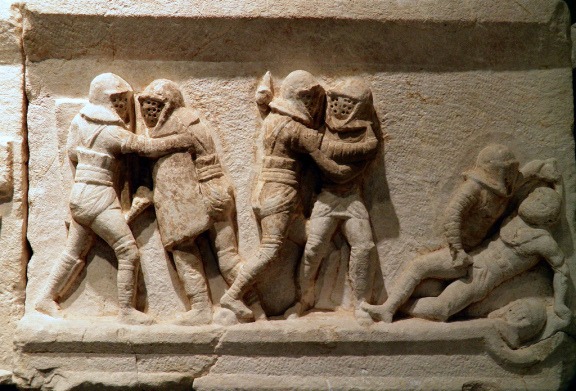
It’s hard to discuss an abstract idea like high art. The definition of art depends on who you speak with. I, for one, don’t consider Jackson Pollock’s paint sneezes high art. Anyone can splatter paint around. Toddlers the world over do it with better aplomb and composition than Pollock did. But I’m also outnumbered in my dim opinion. High art must have excellence in execution. While I don’t care for Picasso’s late works, they undeniably are excellent in their execution. High art can still speak to those who dislike the piece. It comes down to a consensus of opinion too. If enough people, over enough time, resonate with a work, then it becomes high-art.
Literature sits in a thorny area. Many high-art literary works hurt to read. Moby Dick contains a pretty good, if short, story when you slice out the inaccurate treatise on whaling stuffed between the story’s events. Even the most fanatical literature literati will admit that much of high literature doesn’t stand up. They may contain beautiful language, but they are flabby compared to modern literature post Hemingway. However, their messages still stand. Those messages speak to basic human concerns, and this defines even the wordiest classic as relevant. Of course, I am a bibliophile who finds classic literature ponderous but worthwhile. We retell the core stories of classic literature constantly.
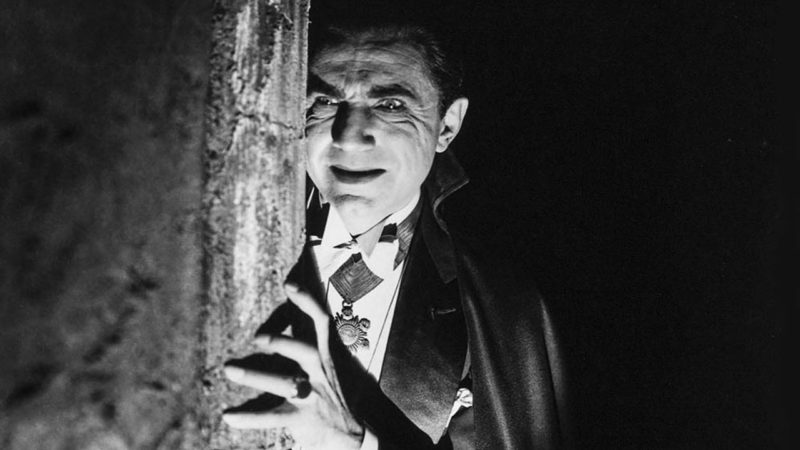
Classic movies bring us a step closer to our anime question. I am a big classic movie fan. In fact, I watch them more often than modern films. Appreciation for their messages, beauty, and timelessness has moved classic films into the realm of high art. Turner Classic Movies has even marketed movies as high art by associating them with the “high-culture” of wine drinking. Classic films contain messages that remain relevant, beauty, excellence in execution, and age. Many of their scenes could stand next to works of Leonardo da Vinci in terms of composition and emotion.
Whenever I watch a movie from the 1930s, it strikes me how relevant they feel. Many of the stories address the same concerns we wrestle with today. Some human problems remain with us no matter how much time has passed. It strikes me how a movie like Dracula (1931) is over 85 years old. The actors are long gone, yet they remain with us through their characters. Don’t get me wrong. Not all movies from the Golden Age of Hollywood were good. I’ve seen many stinkers. However, I believe in preservation, even of low-quality work. Time allows the high quality to rise to the top.
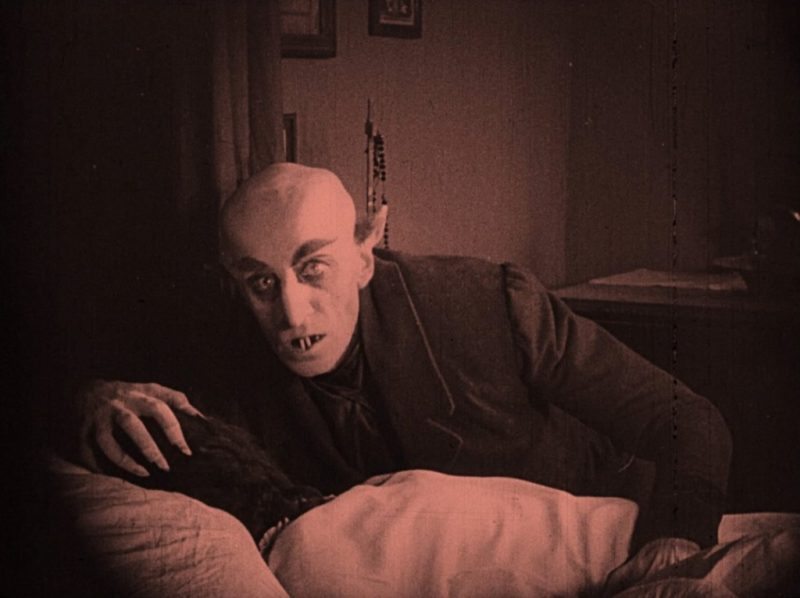
Most silent films were lost due to lack of preservation. We have only fragments of many popular films of the time. A few survivors, like Nosferatu, stand as classics in their own right. However, because the medium was so young, most surviving silent films stand as historical works and less as classics. Only the hardcore film fan can enjoy the silent era. I struggle to enjoy the period outside of historical reasons. Classics typically appear after a new medium has time to mature. The Tale of Genji, or example, is a hard work to read for pleasure. It is the first modern novel and the format hasn’t been perfected.
Okay, so that bring us to anime. Can anime, like classic films, be seen as a high art? Do they have timeless messages, stories, beauty, age, and excellence? In many regards the first anime, Astro Boy falls short. Before you blast me with your mech, hear me out. Astro Boy has historical importance. Like silent films, anime was still too young to create the highest quality work. Astro Boy has too many problems and its wedded to its time period to be relevant. A classic needs to be readily accessible. Anime has many stories that have the potential to become classics. Sailor Moon and Pokemon stand as just a few examples.
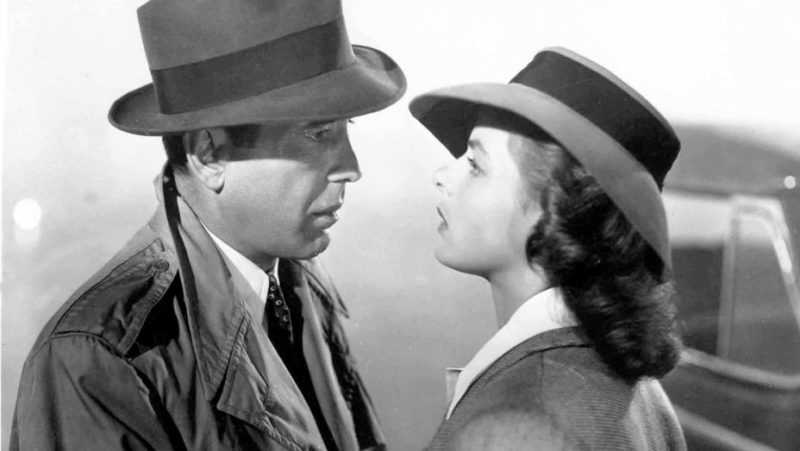
I am going to upset many of you with the next statement. Anime isn’t a high art…yet. It’s still too soon to claim what stories will be heralded as high art. The Golden Age of Anime, so far, dates to the 1980s. That’s some 36 years ago. While some anime from the period may tentatively be called classics, not enough time has passed. It’s hard to define a classic without having close to 100 years of work to act as a comparison. The 1980s may turn out to be a historical period instead of a golden age, much like the transition period between the silent film area and the Golden Age of Hollywood (it was an admittedly brief period). Time lends perspective. Of course, time may well shift the what we consider the Golden Age of Hollywood too. We may well find the Golden Age of Anime dates from mid-1990 through 2010. It’s too soon to know.
Recent anime leans toward mediocrity and formula. They will be forgotten as popular art just as most TV shows and Hollywood films will be. They lack the excellence in their execution necessary to last. Likewise, formula works against longevity. Only stand-outs in formulas will be remembered as examples of an era of copy-paste works. Perhaps Sword Art Online will be remembered for stoking the popularity of the MMORPG formula. Classics don’t have to be perfect, but they need to be well-put together. Formula often works against this.
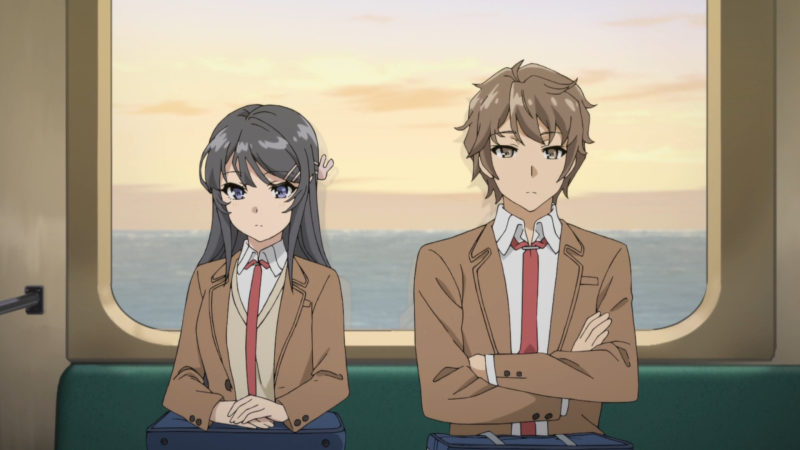
So can anime be high art? Yes. It can be. Is it high art? Not yet. It needs more time. Anime needs to develop wider appreciation first. While not everyone enjoys a classic film, they can appreciate them. Right now, in American at least, anime isn’t appreciated. It has made progress, but until it receives widespread appreciation as the traditional high arts, anime can’t be considered a high art. Anime is getting close. Its stories leech into popular American culture by inspiring blockbusters like the Matrix and even superhero films. Given enough time, some anime could well become a high art just as Gone with the Wind has become. Movies straddle the line between high culture and popular culture. In the future, anime will as well.
Maybe after another 50 years, we can state Mobile Suit Gundam is the definitive classic or perhaps Revolutionary Girl Utena or Neon Genesis Evangelion or Ghost in the Shell. Many of these are well on their way. I can see the following anime becoming high-art: Ghost in the Shell, Cowboy Bebop, Akira, Neon Genesis Evangelion, Perfect Blue, and perhaps Inuyasha.
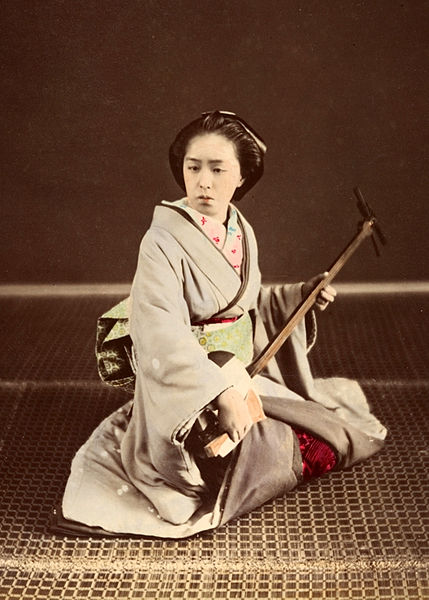
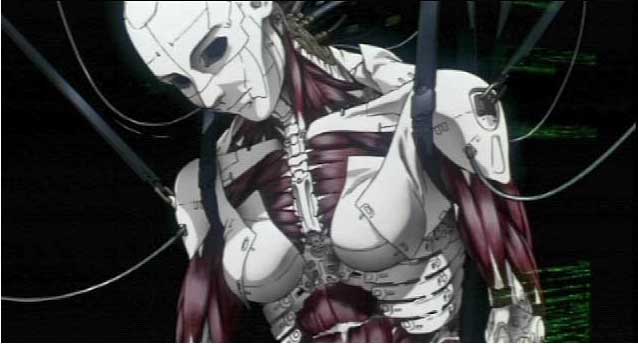
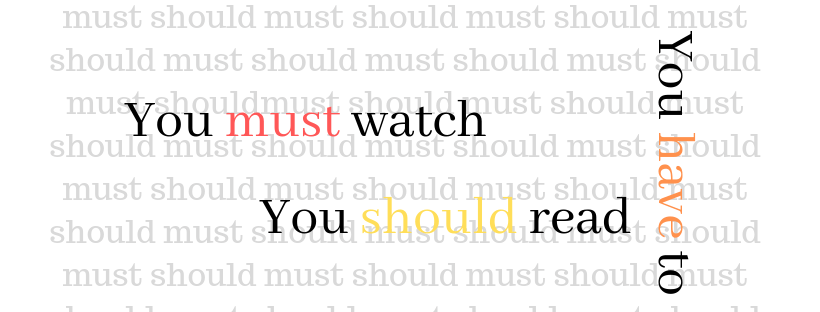
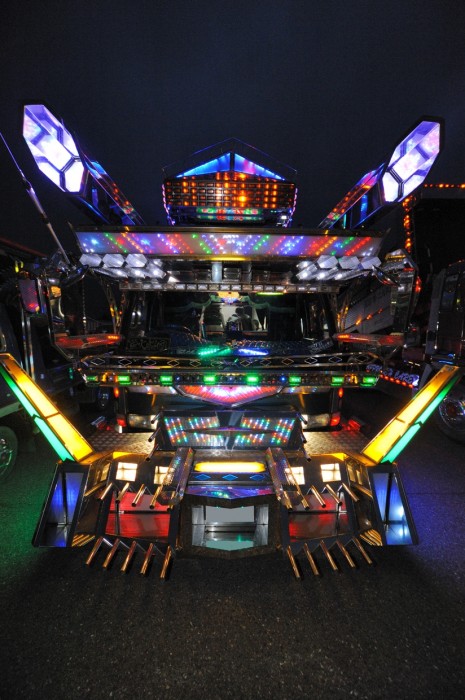
It’s interesting that you talk about anime, but I wonder what if you read manga a lot as well. Would you consider manga “high art”? Manga has a good amount of significance that it got an art exhibition in London a couple of years ago. There’s a lot more fascinating stuff in manga that you don’t see in anime.
Yes, recent anime has been hit and miss, but I also wonder if you have to look at the source material as well – light novels.
Surprising to many, but I haven’t read that much manga. I’ve enjoyed what I have read, but I find manga and comics books in general less engaging than novels. I think it comes down to how I prefer to envision the scenes for myself rather than look at the scenes. To answer your question: yes, manga can be high art with their combination of wonderful artwork and stories. I’m just not versed enough in manga reading to comment.
I’ve read some light novels. I enjoy Spice and Wolf, but many other light novels lack the development I’m used to reading. I grew up on fantasy novels like those of Robert Jordan, so light novels are a bit…light compared to what I’m used to reading. There’s nothing wrong with them, I just come out of them wishing for more. I like novels that have a glossary of characters in the back pages :D.
Thank You for this interesting article. For me there are some anime like “Barefoot gen”, The Ghibli Films (due to their high quality), In this corner of the world, Your Name etc. which I would already call high art. 🙂
I agree, many Ghibli films will make it. Barefoot Gen is also a good option even if it is little known in the West right now.